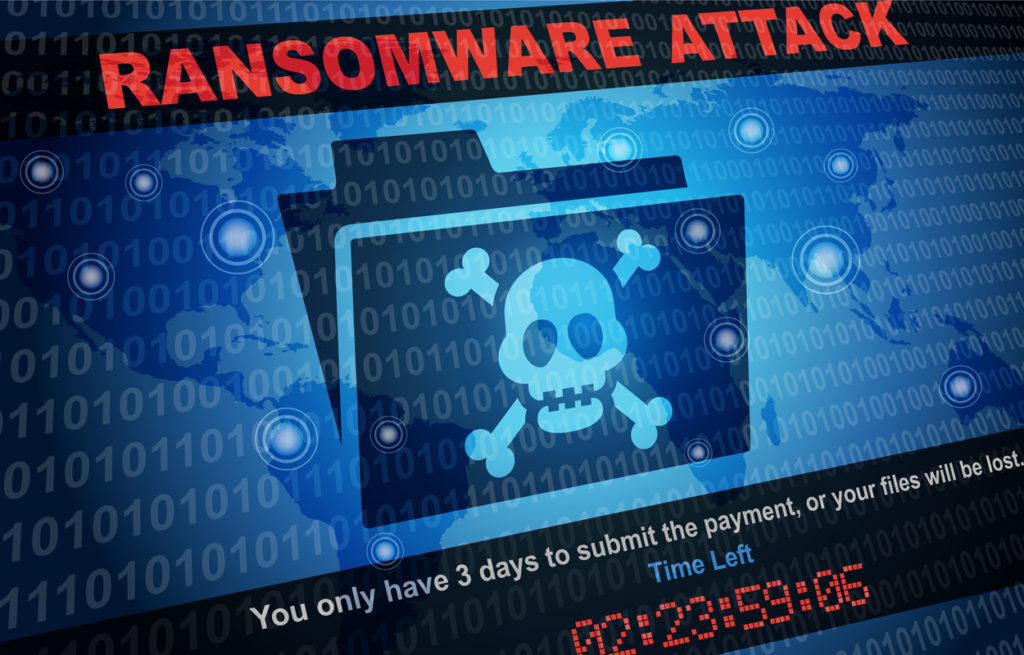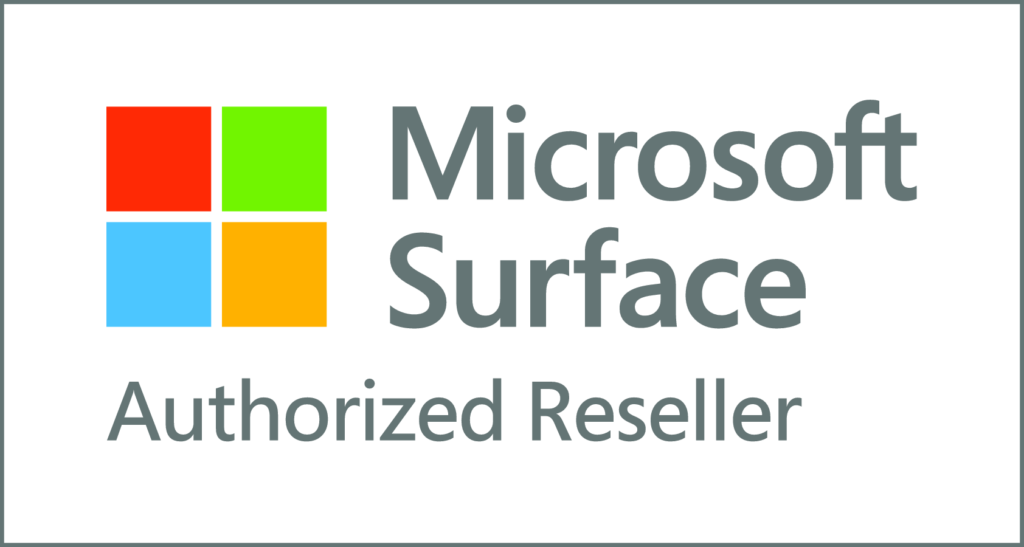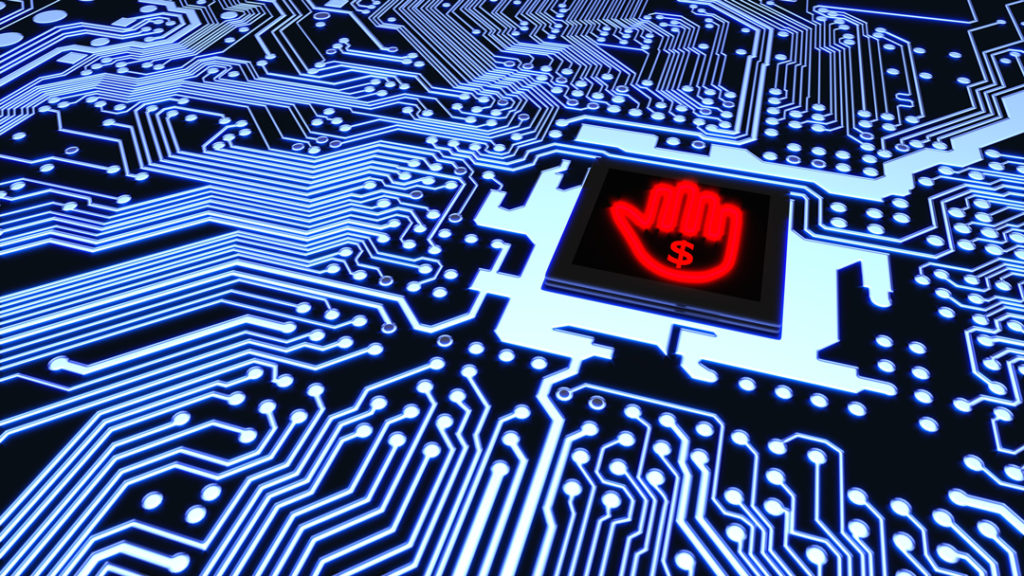Ransomware is a form of malicious software (malware) hackers use to steal and hold your data hostage. It remains one of the biggest security threats today, having evolved rapidly since Cryptolocker first surfaced in 2014.
Recent Ransomware Attack on the U.S. Marshals Service
No one is safe from ransomware attacks. On February 17, 2023, the U.S. Marshals Service (USMS) suffered a ransomware security breach compromising sensitive law enforcement information.
According to Reuters, “The affected system contains law enforcement sensitive information, including returns from legal process, administrative information, and personally identifiable information pertaining to subjects of USMS investigations, third parties, and certain USMS employees.”
How does Ransomware Work?
A malicious email or file download introduces ransomware to a computer or network. As soon as the ransomware file is executed, it encrypts all available data, rendering it inaccessible to its legitimate owner until a ransom is paid.
The ransom amount usually depends on how much data was encrypted, ranging from several hundred to tens of thousands. Once payment has been made, the victim will receive a decryption key or other instructions from the hacker on how to recover their data.
The resulting locked data can be very damaging; according to Hackerpocalypse: A Cybercrime Revelation, ransomware attacks have cost the US economy over $1 billion each year since 2016, with even law enforcement agencies have been forced to pay ransom fees to unlock their encrypted files.
How much do hackers typically ask for ransom in a ransomware attack?
The amount of money asked for as ransom varies, depending on the attacker. Usually, attackers demand a certain amount of currency in exchange for unlocking your files and data. The average ransomware attack cost businesses an estimated $133,000 in 2018.
That number has increased significantly since then. A report from techtarget.com states that “of all cyber insurance claims, 34% were ransomware-related in the first half of 2022, according to the “Corvus Risk Insights Index.” The average ransom paid out by the insurer during the same time period was $255,000.“
The cost of paying a ransom is not the only cost of ransomware to a business. A ransomware attack can disrupt your business for days, weeks, or even months, not to mention the cost of data recovery and other financial losses.
Smaller businesses may not be able to afford the ransom and may need to start from scratch, resulting in even more costly losses or even bankruptcy.
How do you protect your business from Ransomware?
Therefore, individuals and organizations need to take every threat seriously and implement proper protection and backup plans so they won’t be at the mercy of criminals if they ever become targets.
At Total Networx, we recommend taking a managed IT approach, or “layered” approach, that involves professional-class external spam filtering, a good firewall with activity tracking capabilities, anti-virus and anti-malware solutions, as well as secure, professional-class backups—all of which are essential for preventing and recovering from ransomware attacks.
But protecting against ransomware isn’t just about technology alone; it also requires educating people about proper online safety practices, such as not opening email attachments from unknown senders and keeping their devices updated with the latest security patches.
Additionally, businesses should consider using data encryption to prevent the unauthorized access of sensitive information, while secure web filtering systems can help block malicious websites and downloads from reaching users’ devices.
Lastly, organizations should establish a response plan for ransomware incidents that outlines how to detect suspicious activity, respond immediately after an attack, recover any lost data or systems—and ultimately help minimize the impact on their business operations. With these steps in place, businesses will be better equipped if they ever become victims of ransomware attacks.
Contact Total Networx for a free assessment today, and let us protect your organization from this evolving threat.
FAQs About Ransomware and Business Security
Q: What is ransomware and how does it threaten my business?
A: Ransomware is malicious software that encrypts your business data, rendering it inaccessible until a ransom is paid. This poses a significant threat as it can disrupt operations, lead to data loss, and potentially tarnish your business’s reputation.
Q: How can ransomware compromise my business’s data security?
Ransomware typically infiltrates systems through phishing emails, malicious downloads, or exploiting vulnerabilities. Once it gains access, it encrypts crucial data, making it unusable. The attackers then demand a ransom in exchange for the decryption key. The blog by Total Networx delves into these attack vectors and offers insights on prevention.
Q: What are the potential consequences of a ransomware attack on my business?
A ransomware attack can lead to severe consequences. Your business might face downtime, loss of sensitive data, financial penalties, legal implications, and damage to customer trust. Total Networx’s blog highlights real-world examples and discusses strategies to mitigate these risks.
Q: How can my business protect itself against ransomware attacks?
Total Networx’s blog provides valuable information on safeguarding your business against ransomware. It emphasizes the importance of regular data backups, employee training to identify phishing attempts, maintaining up-to-date security software, and implementing a robust incident response plan.
Q: What should I do if my business becomes a victim of a ransomware attack?
The blog outlines crucial steps to take in case of a ransomware attack. It advises against paying the ransom, as it does not guarantee data recovery and encourages attackers. Instead, you should isolate affected systems, report the incident to law enforcement, and work with cybersecurity experts to assess damage and explore recovery options.



